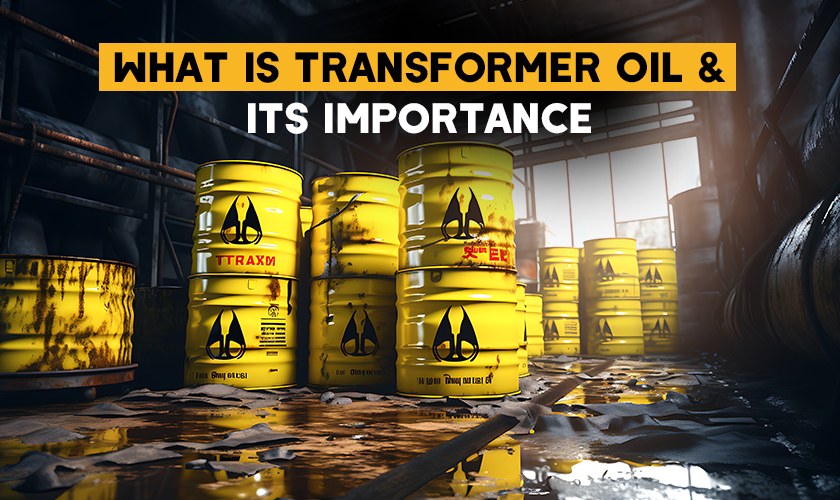With growing demands for energy and maintaining safety standards, transformers are manufactured and wired in such a way that ensures efficient operation and prevention of electrical hazards. Poor writing leads to overheating of the transformer circuit, electrical surges and failure of a transformer, which can affect the overall performance and energy distribution, causing costly downtimes.
Thus, wiring methods in a transformer should be properly executed. Below, we’ll cover the primary wiring techniques mainly used in a transformer and their specific roles in managing an efficient power supply.
Understanding Transformer Wiring Methods for Effective Power Distribution
Uncorrected or incorrect wiring practices are a frequent occurrence when it comes to transformer installation. If transformers are not properly wired, they could be prone to loss of electricity as well as voltage fluctuations and diminished longevity.
These problems are often caused by improper wiring methods or materials that cannot take on specific demands for load. With the right wiring techniques, these problems can be easily remedied or eliminated, resulting in better-quality transformers and higher energy reliability.
1. Wiring methods followed in Single-phase transformers
Single-phase transformers usually have two wires: a phase wire and a neutral wire.
Connecting a common neutral wire on each side: This wiring method is the most commonly followed for a single-phase transformer. The power supply has two windings at one end linked to the ground and just one winding at the opposite end connected to the ground. The load is connected to the other winding linked to the power source.
Although the ground fault rate can be efficiently decreased and insulating materials can be used less often with this connection approach, the influence on the receiver must be considered because it is simple to create AC magnetic fields between neighbouring phases.Each side with a lead wire: In autotransformers, this wiring method is mostly followed. This wiring method is convenient enough to circulate the voltage through the circuit and protect the winding.
Connecting two-winding series: In case of large voltage and current, connecting two-winding series is a preferred method. It helps connect the load and the power supply in a series connection, thus increasing the output voltage and reducing the input current.
2. Wiring methods followed in Three-phase transformers
A three-phase transformer is different from a single-phase transformer. The three-phase transformer includes three or sometimes four wires with a neutral wire attached. It can carry more voltage than a single-phase transformer and also can handle higher loads efficiently.
Delta connection (Δ): In this configuration, each transformer coil is connected end-to-end to form a closed loop or triangle shape. Delta wiring allows the transformer to handle unbalanced loads and can deliver high power in industrial applications.
Star connection: Also known as Y configuration, each winding connects to a common neutral point, making it effective for distributing power over long distances with minimised losses.
Four-corner connection: Usually not followed in a three-phase transformer, this wiring method has the benefit of effective anti-interference ability, which makes it appropriate for applications requiring high-voltage output.
Final Thoughts
In conclusion, the wiring methods followed in manufacturing a transformer are essential to ensure that transformers function safely and efficiently. Selecting the right configuration--whether it's Delta or Wye, series or parallel--can significantly impact the transformer's performance and longevity. The knowledge of these wiring techniques allows professionals to make informed choices that ensure solid power distribution and minimise the operation risk.
At Makpower Transformer, we provide expert guidance and the most advanced transformers that can cater to your specific power requirements.
Visit our website or contact us today for solutions ensuring energy distribution safety and efficiency.
Learn how we can help with any future project!






